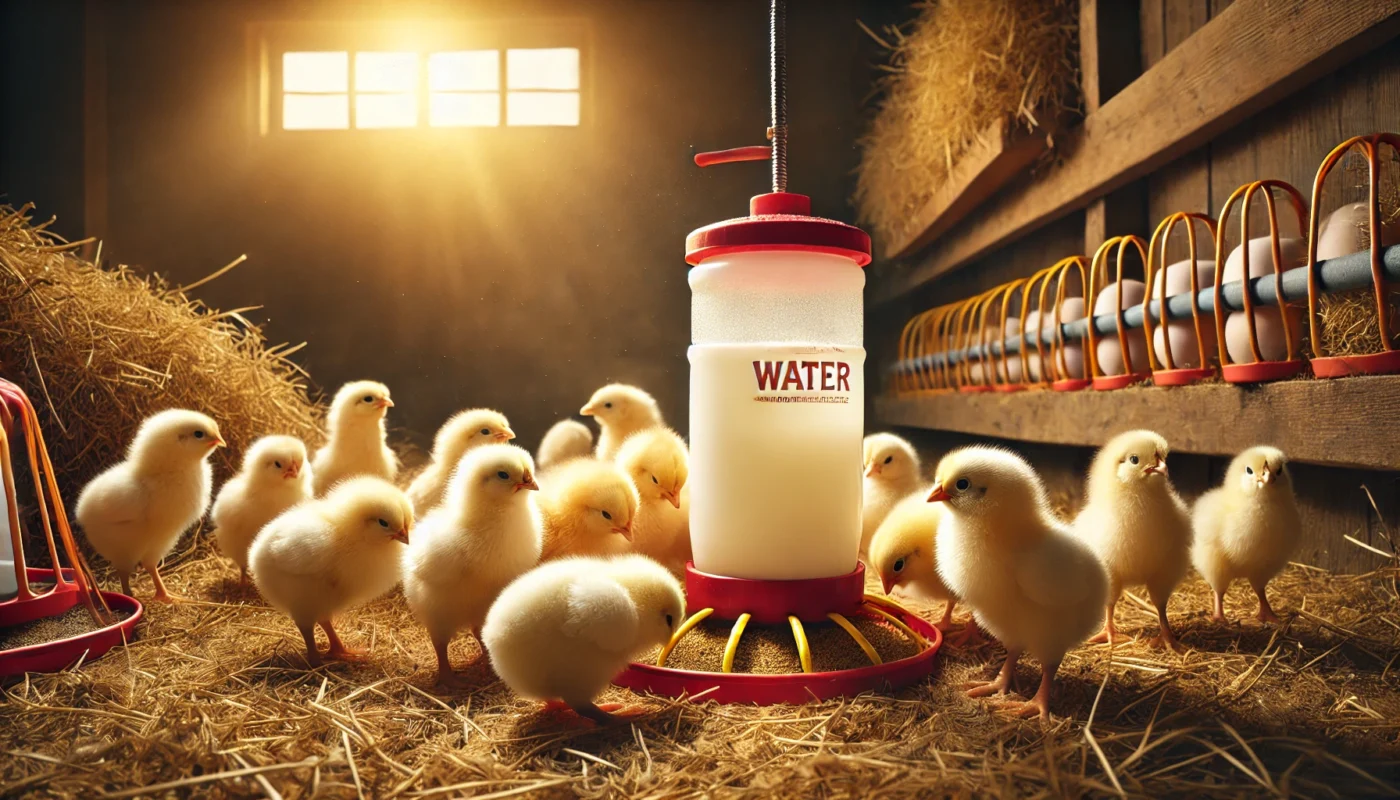Farmstead Chronicles
It’s That Time of Year Again: Welcome Baby Chick Season!
Spring has sprung, and with it comes the delightful season of baby chicks!
Embrace Spring with Baby Chicks: Your Ultimate Guide to a Thriving Flock
Spring has arrived, bringing with it the delightful season of baby chicks! Whether you’re a first-time poultry parent or adding to your existing flock, this comprehensive guide will walk you through the essentials of raising healthy, happy chicks.
Preparing for Your New Arrivals
Before bringing your chicks home, it’s crucial to have their new habitat ready:
-
Brooder Setup: Create a warm, draft-free environment. A brooder can be a simple cardboard box, plastic container, or a purpose-built enclosure. Ensure it offers at least 0.5 square feet per chick initially, expanding as they grow.
-
Heat Source: Chicks need consistent warmth. Use a heat lamp or brooder plate to maintain a temperature of 95°F during the first week, decreasing by 5°F each subsequent week until they are fully feathered.
-
Bedding: Line the brooder with absorbent materials like large pine shavings, straw, or shredded paper. Avoid cedar shavings due to their strong aroma, which can harm chicks’ respiratory systems.
Essential Supplies
To ensure your chicks thrive, gather the following:
- Brooder Box or Enclosure: A safe space for your chicks to grow.
- Heat Source (Heat Lamp or Brooder Plate): Maintain optimal temperatures.
- Chick Starter Feed: High-quality nutrition for healthy growth.
- Chick Waterer: Ensure a constant supply of clean water.
- Feeder: Designed to minimize waste and provide easy access.
- Bedding Material: Keep the brooder clean and comfortable.
- Thermometer: Monitor brooder temperature accurately.
- Vitamins and Supplements: Support your chicks’ immune system.
- Cleaning Supplies: Maintain hygiene and prevent diseases.
- First Aid Kit: Be prepared for any minor injuries or health concerns.
Feeding and Hydration
Proper nutrition and hydration are vital:
-
Starter Feed: Provide a chick starter feed with at least 18% protein to support early growth.
-
Fresh Water: Ensure clean, room-temperature water is always available. Upon arrival, introduce chicks to water before feeding to promote hydration.
Monitoring Health and Growth
Keep a close eye on your chicks:
-
Behavioral Cues: Chicks huddling under the heat source may be cold, while those avoiding it might be too warm. Adjust the heat source accordingly.
-
Cleanliness: Regularly clean the brooder, replacing soiled bedding to prevent disease.
Transitioning to the Coop
Around 6-8 weeks, once chicks are fully feathered, they can move to an outdoor coop. Ensure the coop is secure, well-ventilated, and offers adequate space—approximately 2.5 to 3 square feet per bird if confined, with more space if they are free-ranging.
Join Our Community
For more in-depth articles, guides, and resources on raising baby chicks and embracing sustainable living, visit our Farmstead Chronicles page at PLRandgoods.com.
Stay Connected
Subscribe to our YouTube channel for tutorials, tips, and updates on backyard poultry and homesteading. Share your experiences and questions in the comments—we love hearing from our community!
Embark on this exciting journey of raising baby chicks and enjoy the rewards of a happy, healthy flock!
For more in-depth articles, guides, and resources on raising baby chicks and embracing sustainable living, visit our Farmstead Chronicles page.
Join Our Community: Subscribe to our channel for more tutorials, tips, and updates on backyard poultry and homesteading.
Share your experiences and questions in the comments below—we love hearing from our community!
__________________________________________________________________________________________________________________________
Affiliate Disclaimer: This video contains affiliate links. If you purchase through these links, we may earn a commission at no extra cost to you. Your support helps us continue to provide valuable content and resources. Embark on this exciting journey of raising baby chicks and enjoy the rewards of a happy, healthy flock! 🐥🌟
